Polisi Cymraeg
Polisi Cymraeg
Yn Sprint Renewables rydym yn deall bod yn rhaid i’r Cymraeg gael ei thrin yn union yr un fath â’r Saesneg o dan Fesur y Cymraeg (Cymru) 2016, felly yr hyn y byddwn yn ei wneud yw bod unrhyw ohebiaeth a gawn o’n hymgyrchoedd marchnata yn Cymraeg. , yna rhaid inni ateb y darpar gwsmer hwnnw yn Gymraeg, ond dim ond os oes angen ateb. Fodd bynnag, os yw’r cwsmer wedi datgan nad oes angen i ni yn Sprint Renewables ateb yn Cymraeg, yna ni fydd angen hyn.
Cyhoeddwyd Safonau’r Cymraeg gan Gomisiynydd y Cymraeg. Maent yn gyfres o ofynion cyfreithiol rwymol sy’n berthnasol i Lywodraeth Cymru ers 30 Mawrth 2016.
Mae’r hysbysiad cydymffurfio a gyflwynwyd i Weinidogion Cymru ar 30 Medi 2015 yn nodi pa safonau sy’n gymwys i Lywodraeth Cymru. Penderfyniadau Cynllunio a’r Amgylchedd Rhaid i Gymru gydymffurfio â’r safonau mewn perthynas â’r holl waith a wneir ar ran Gweinidogion Cymru.
Yn ysbryd y mesurau, er mwyn sefydlu hawliau a rhyddid i ddefnyddwyr y Cymraeg, byddwn yn ymdrechu i gydymffurfio â Safonau’r Cymraeg yn ein holl waith gyda’r cyhoedd yng Nghymru, boed yn gyfreithiol ofynnol ai peidio.
Os byddwn yn methu â darparu gwasanaeth Cymraeg, neu os bydd unrhyw un yn anfodlon â safon y gwasanaeth Cymraeg a ddarparwn, gallant wneud cwyn i Gomisiynydd y Cymraeg.
